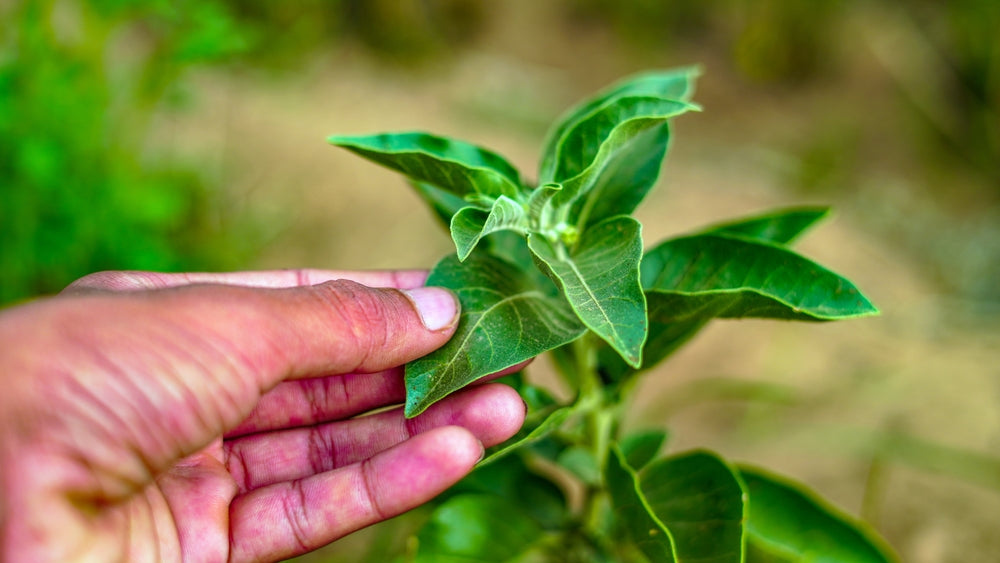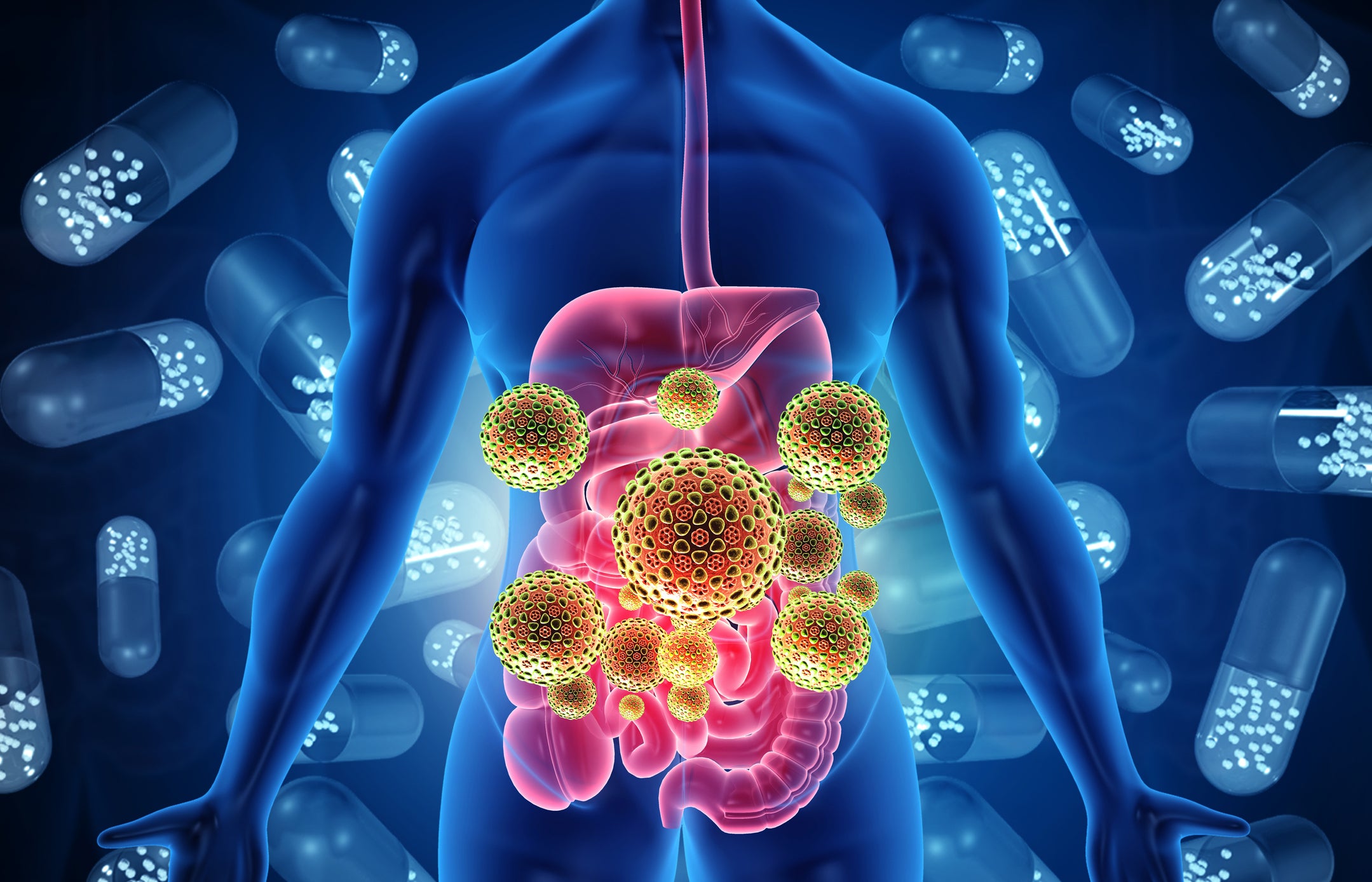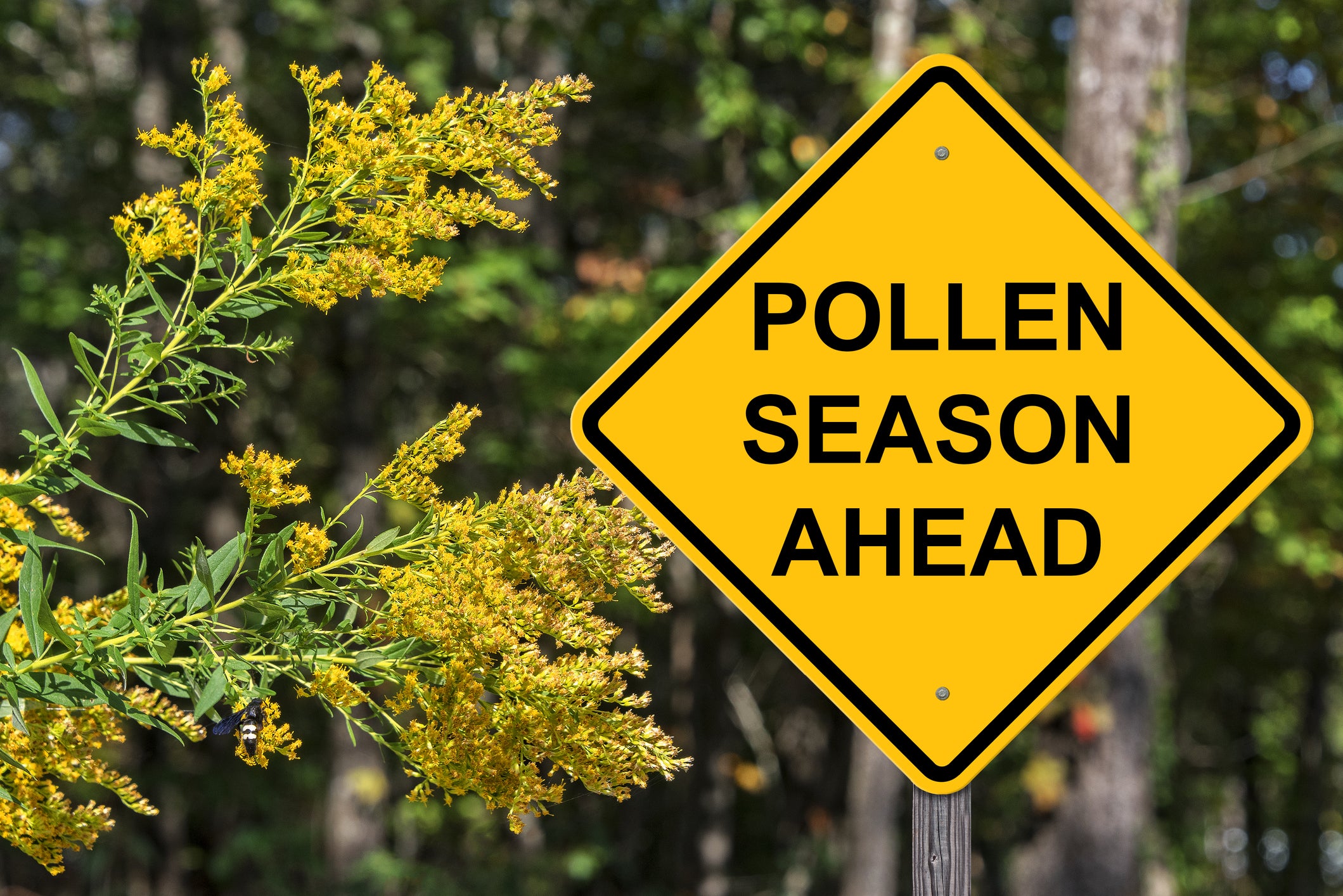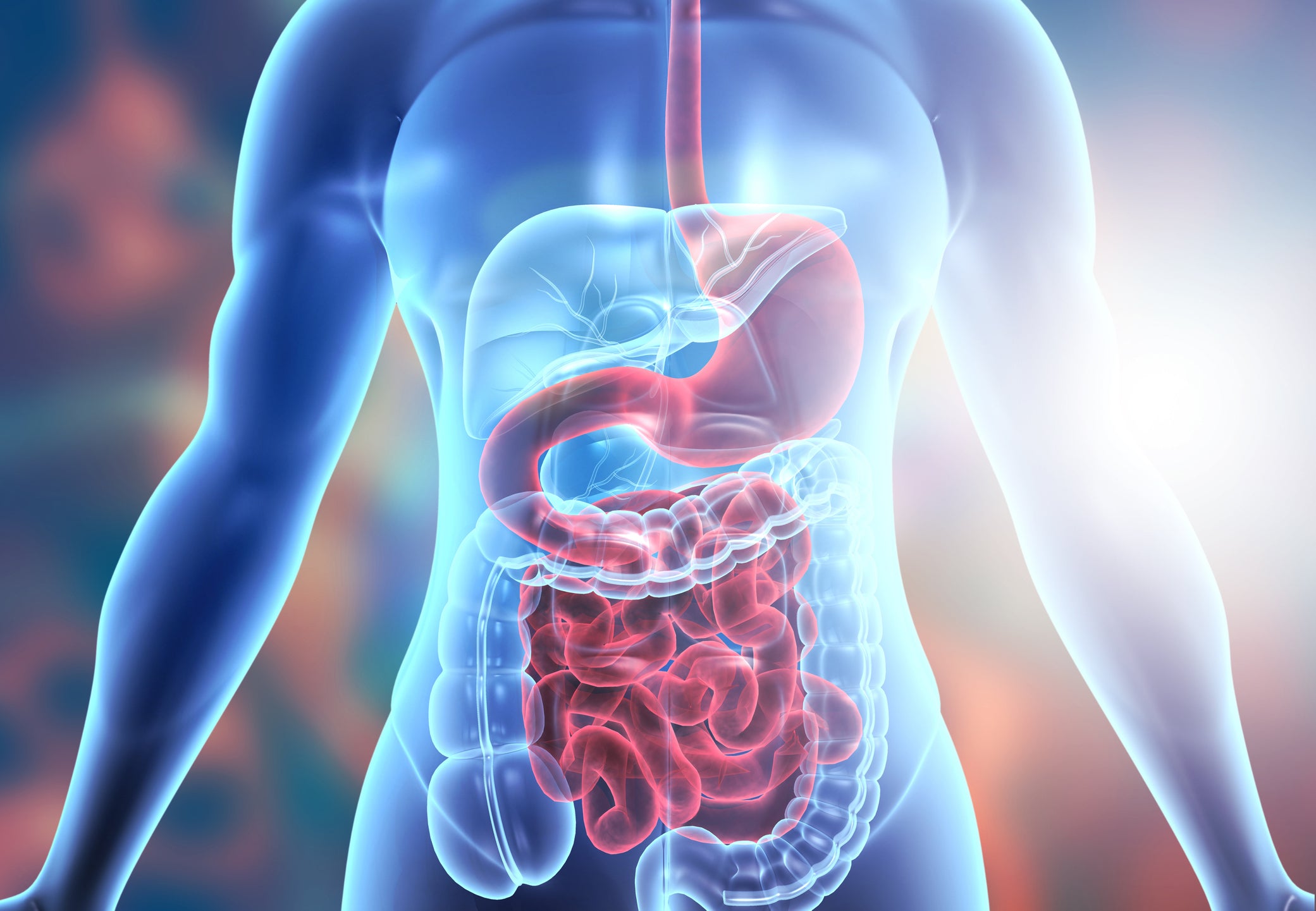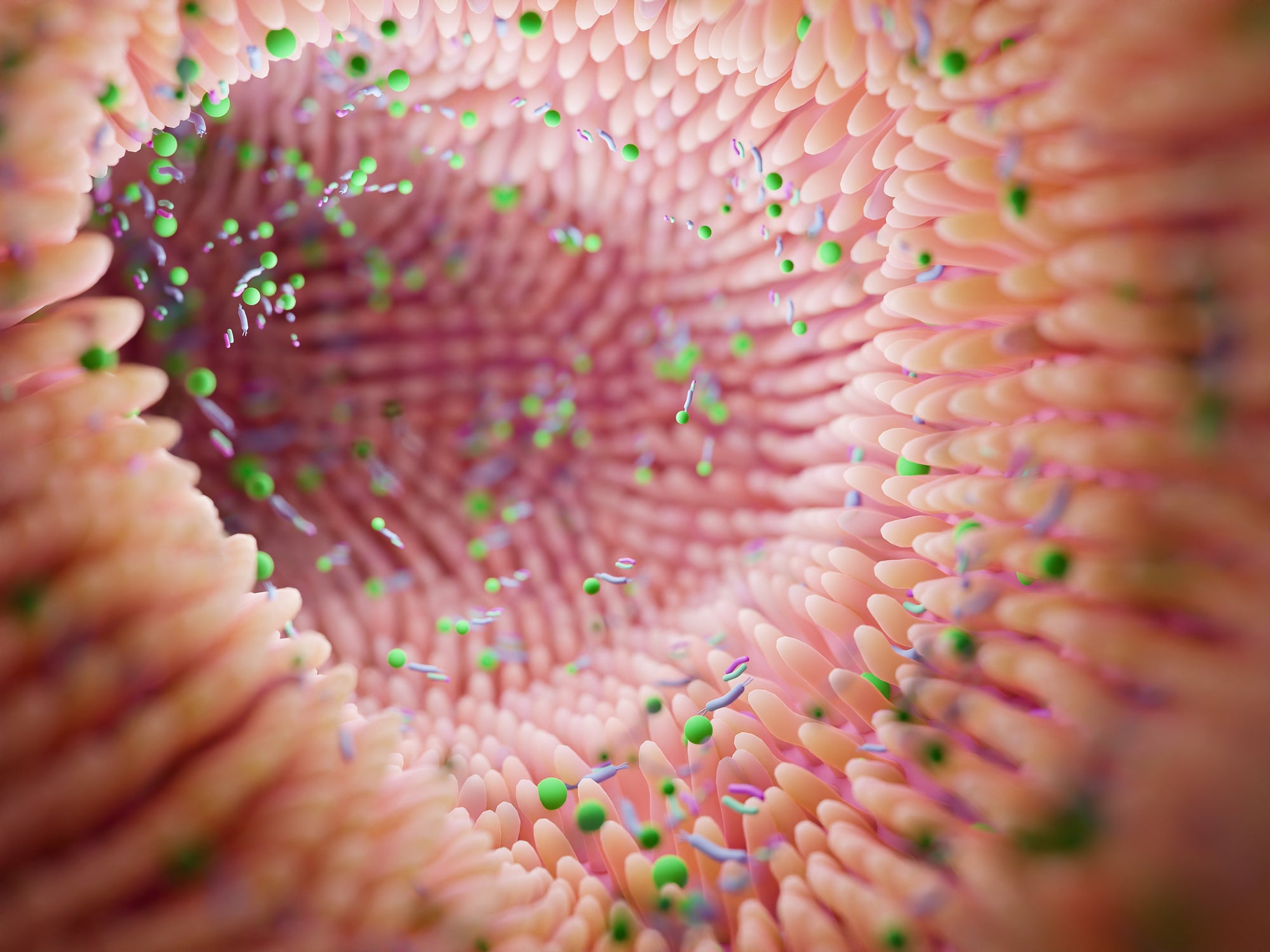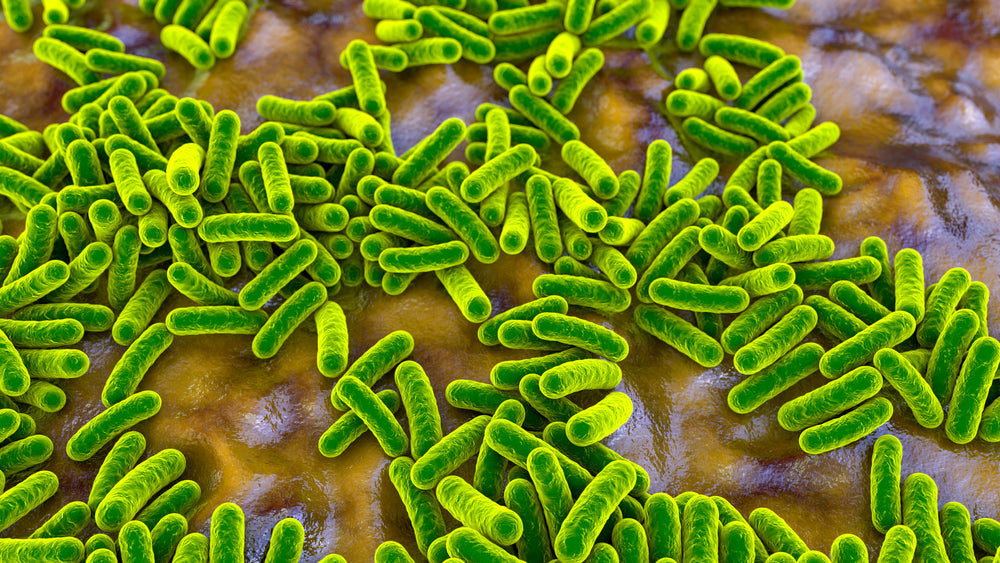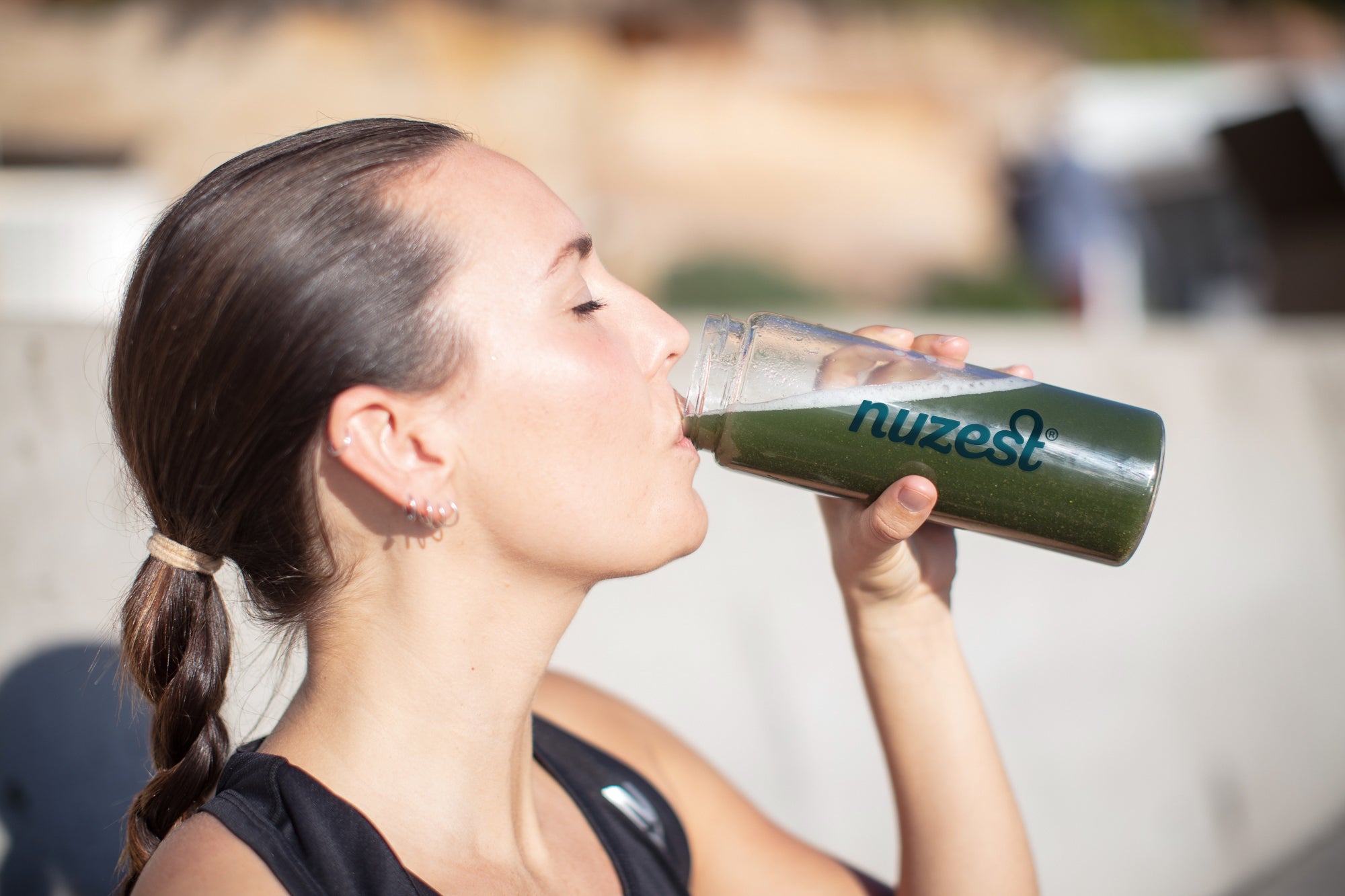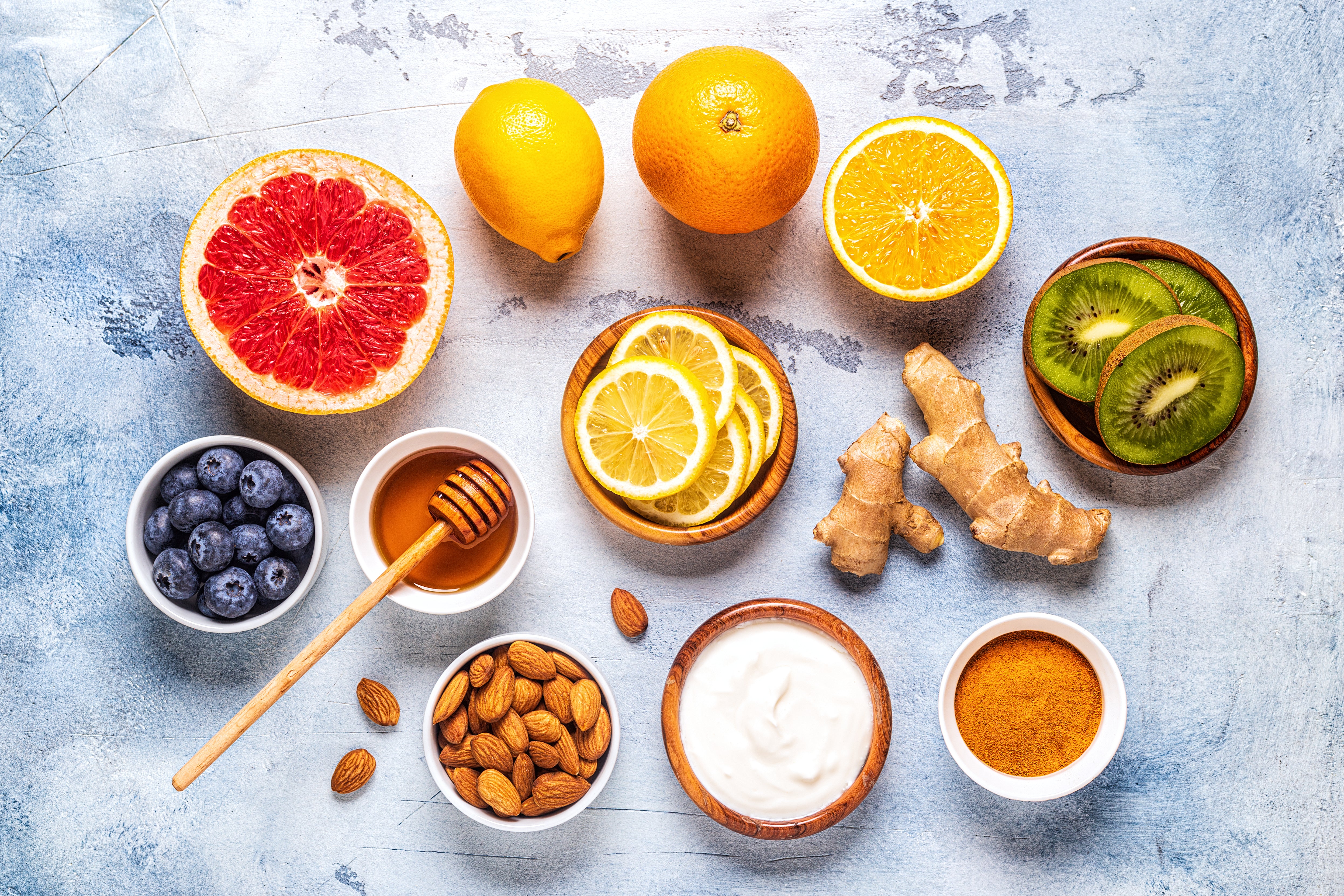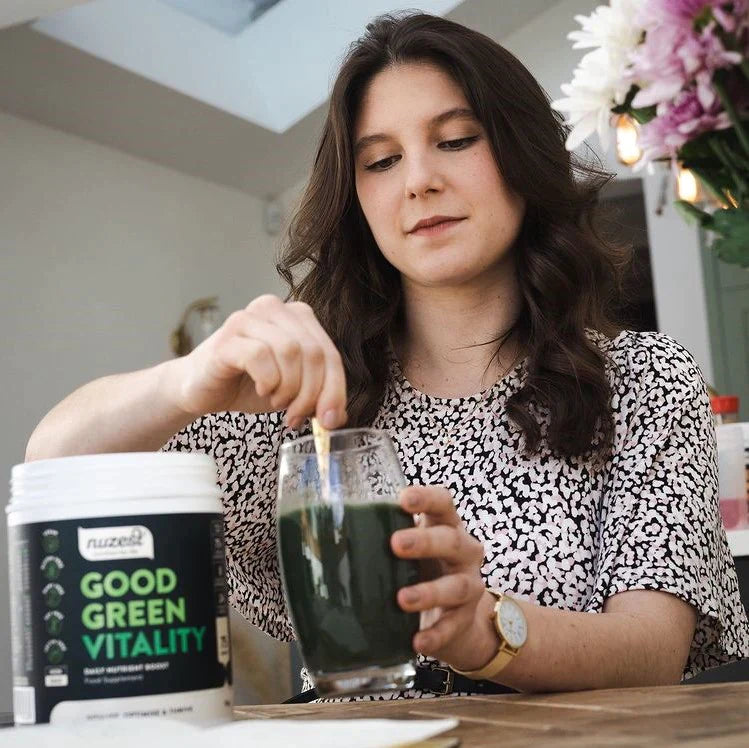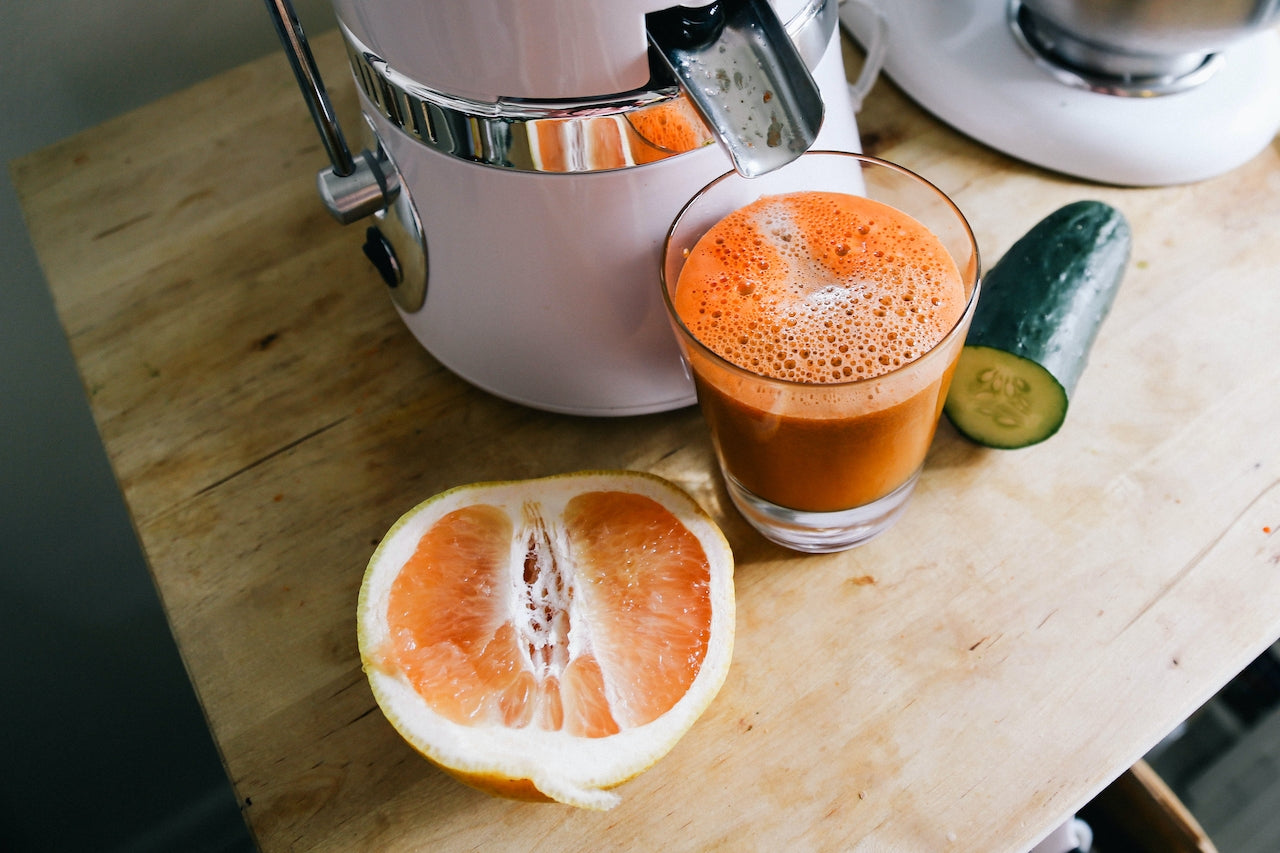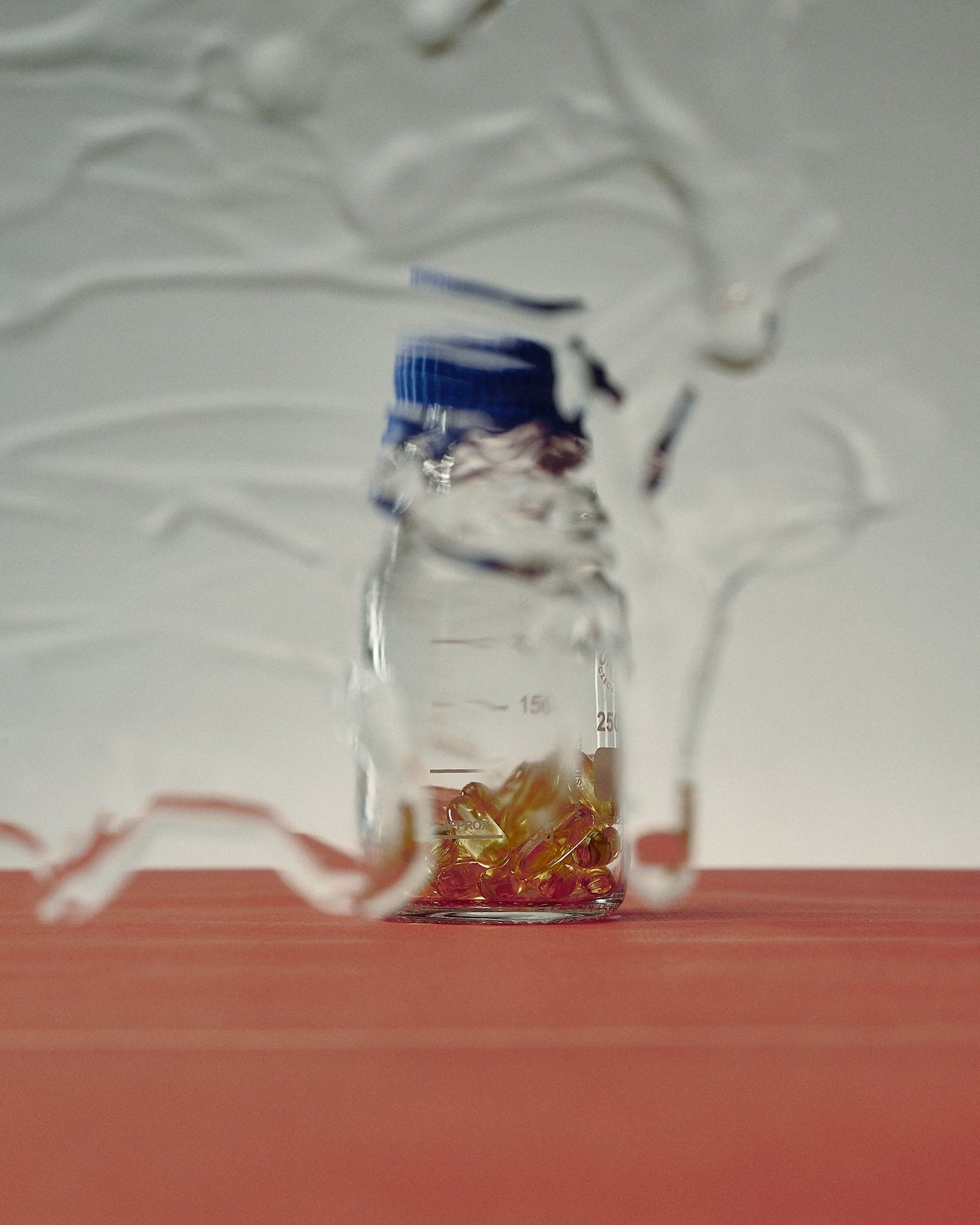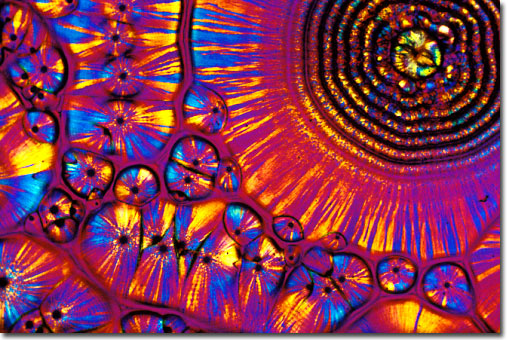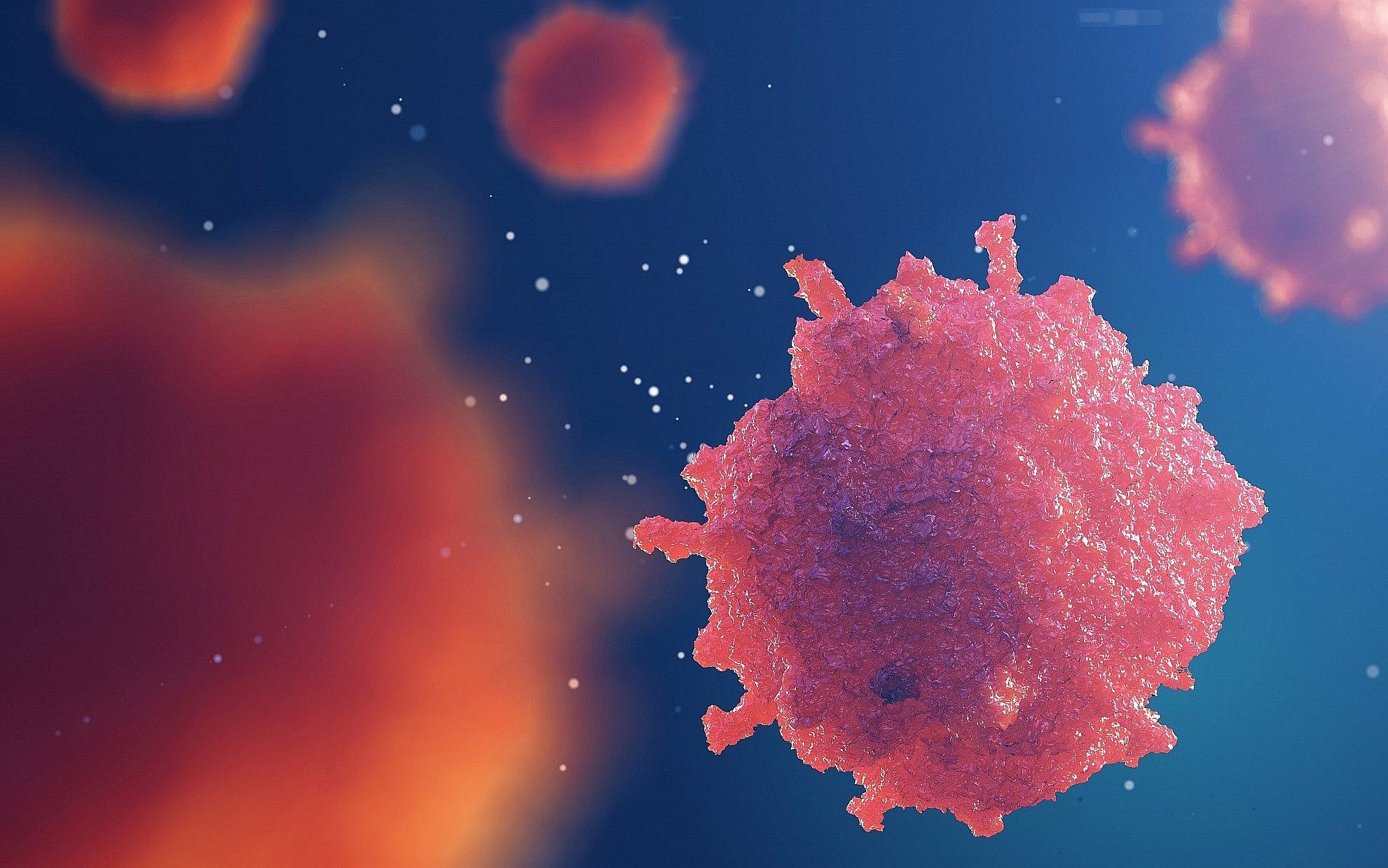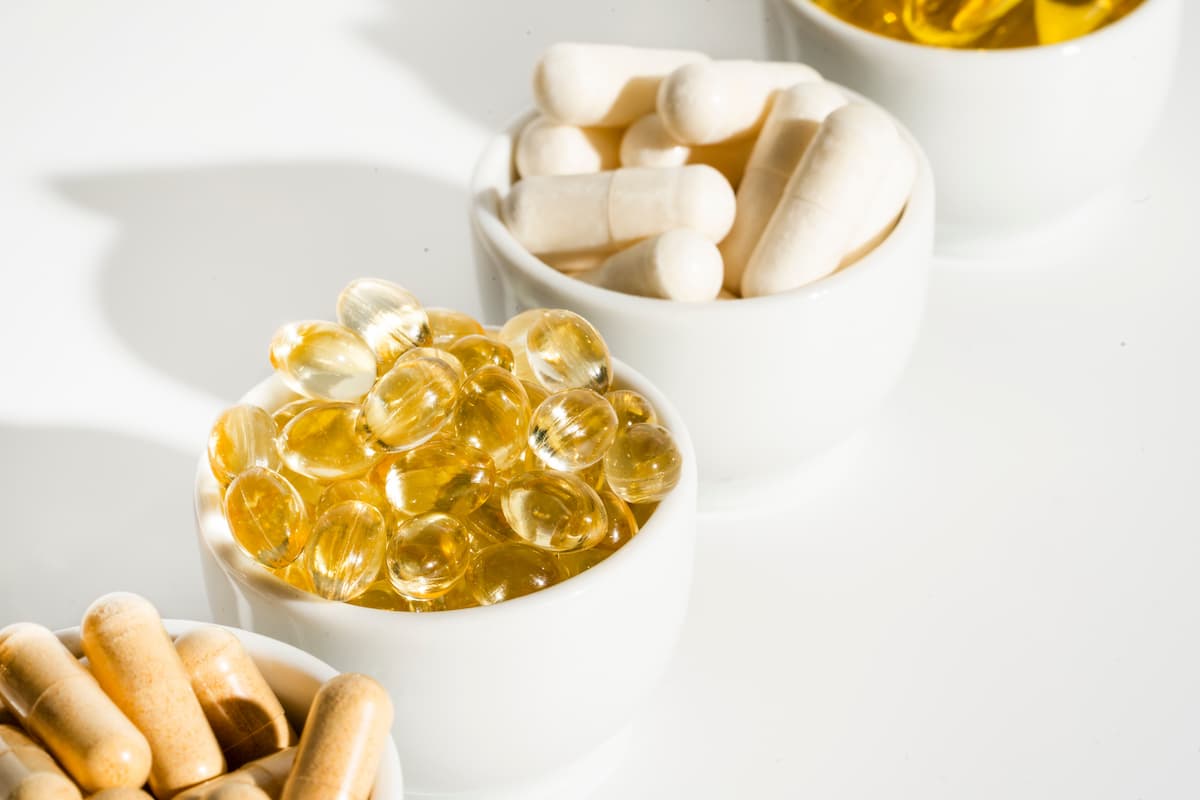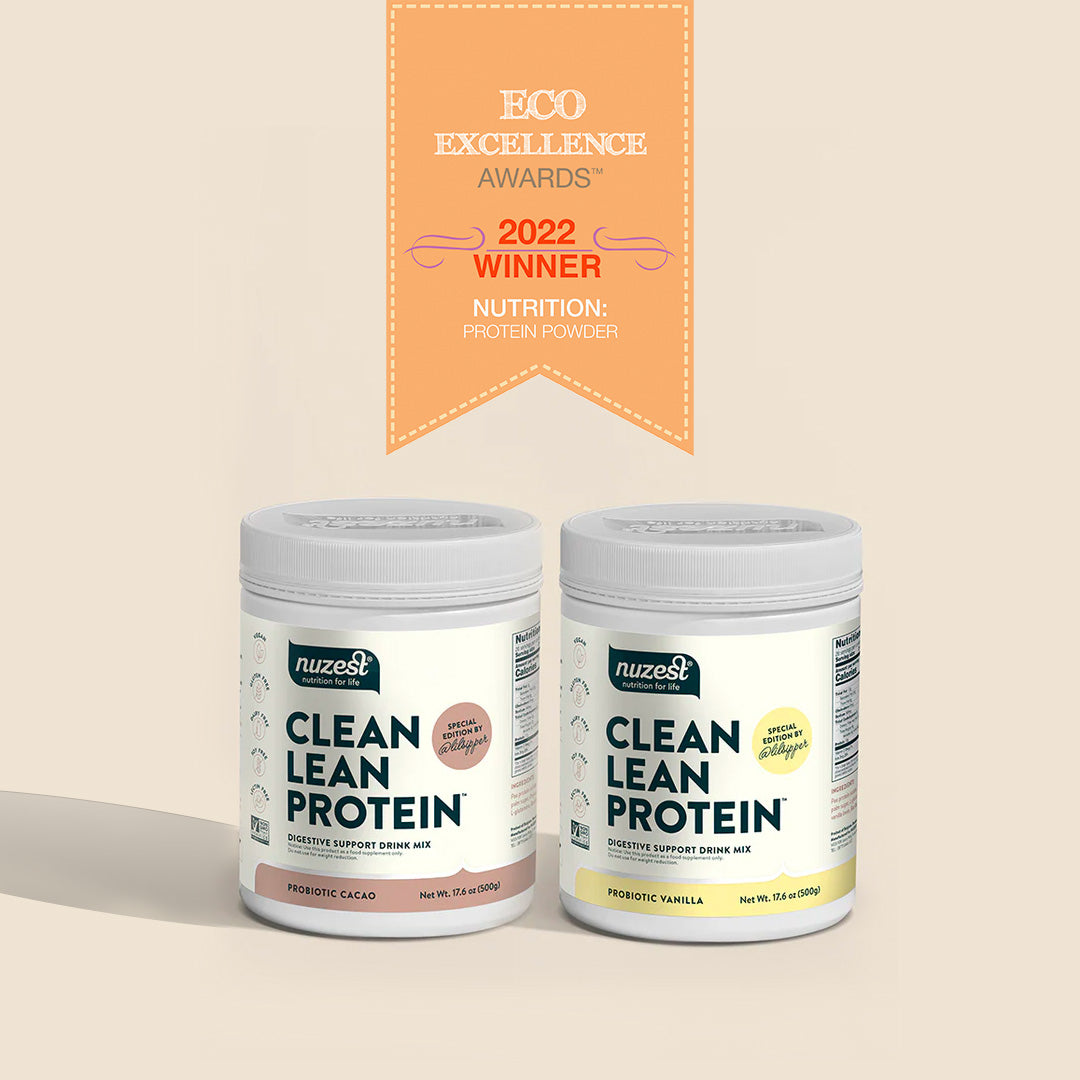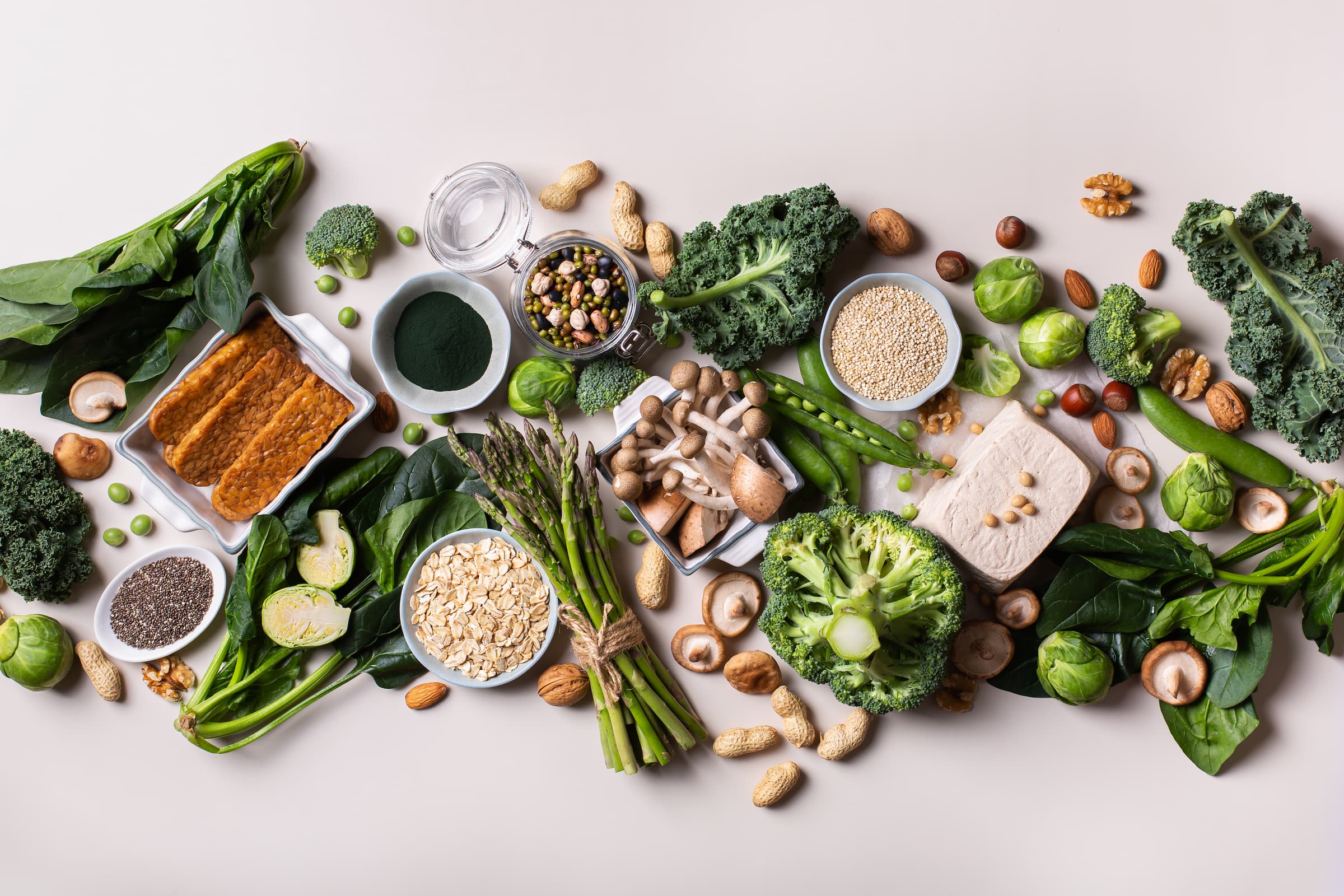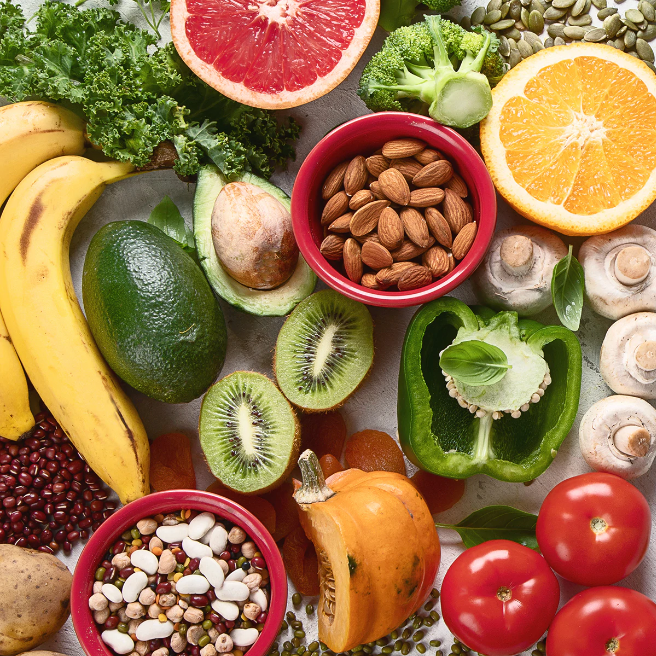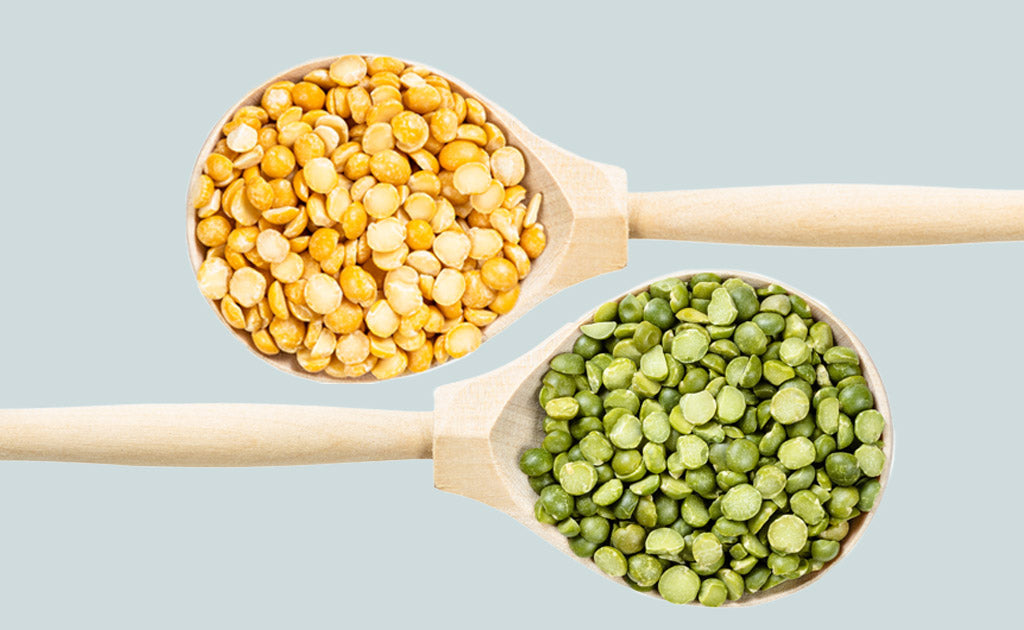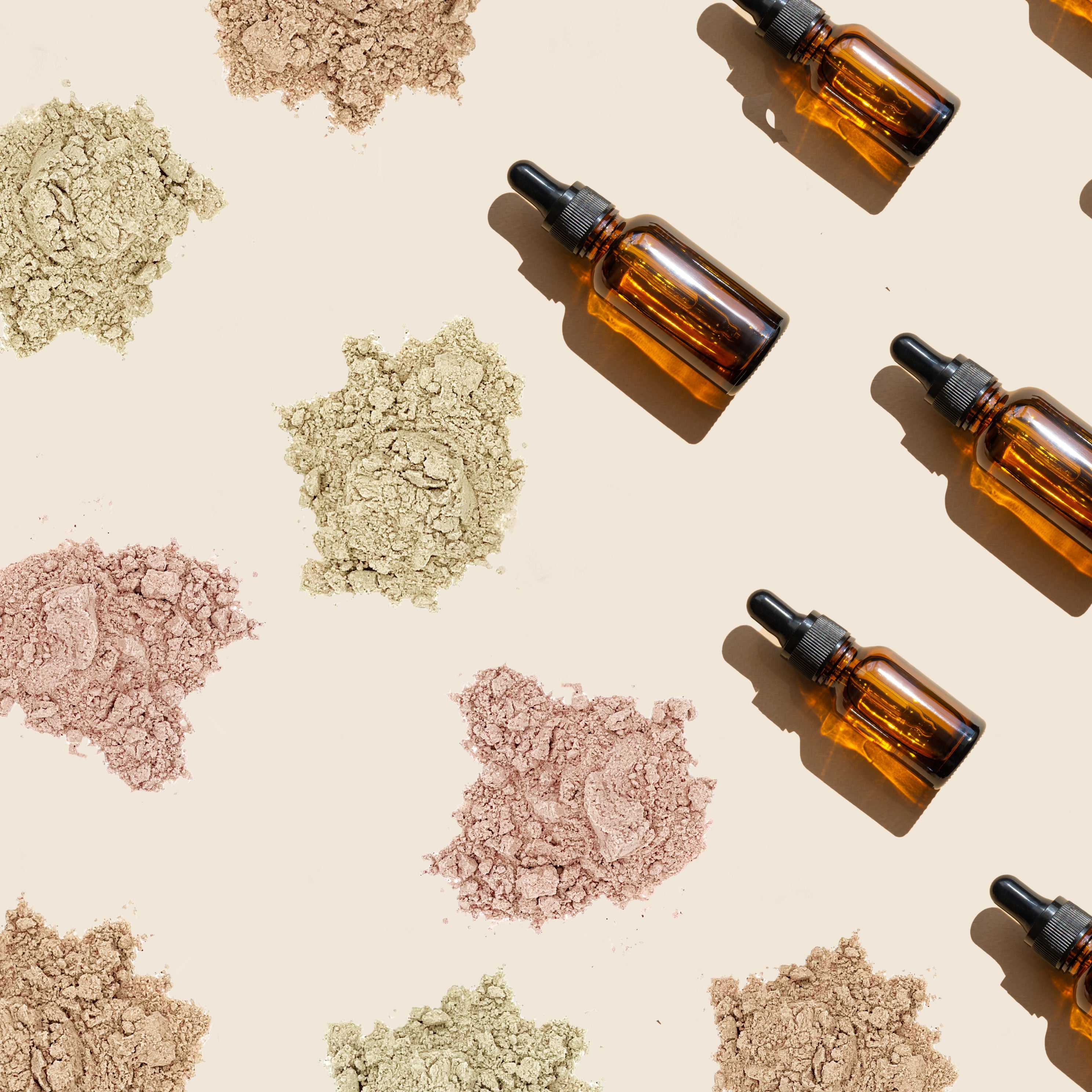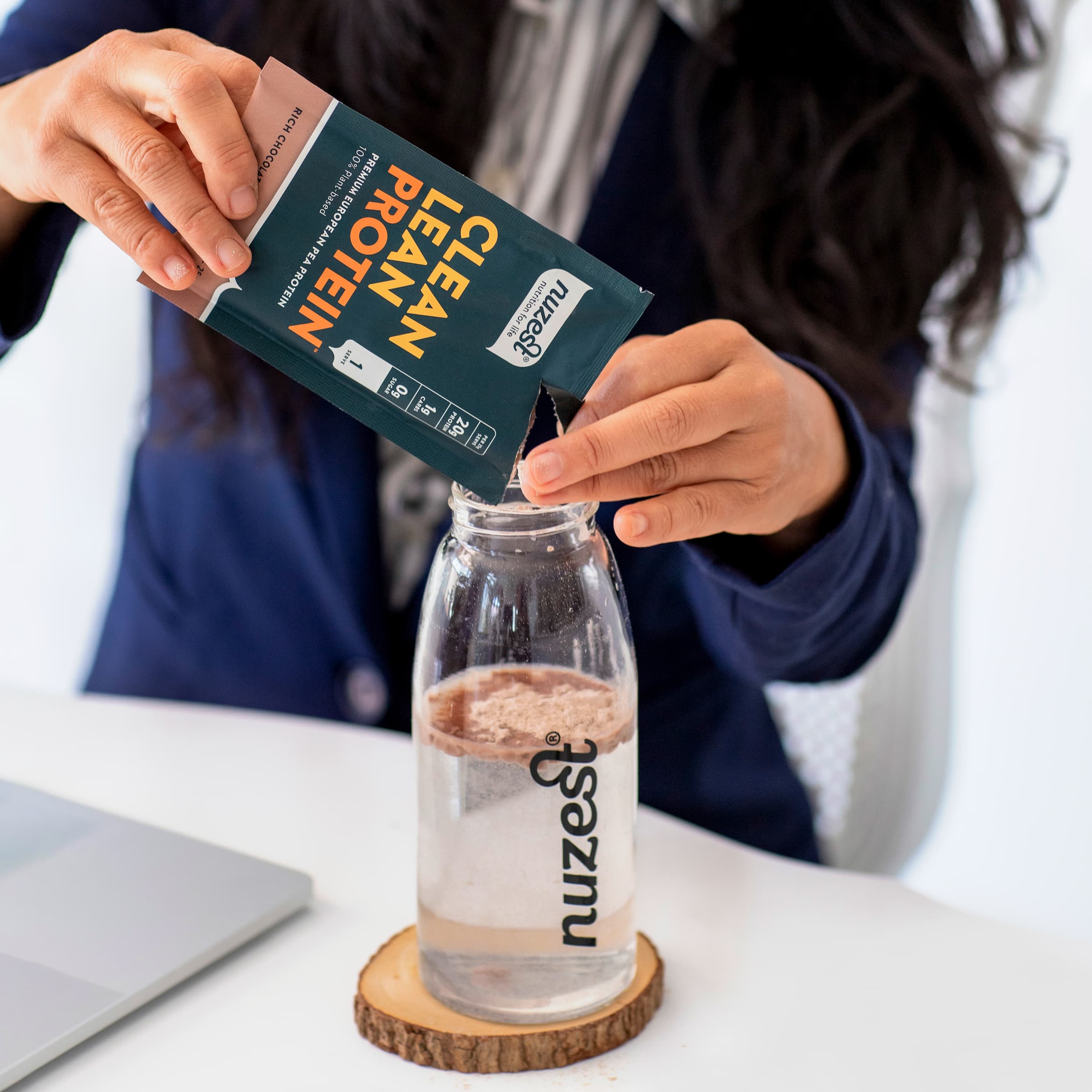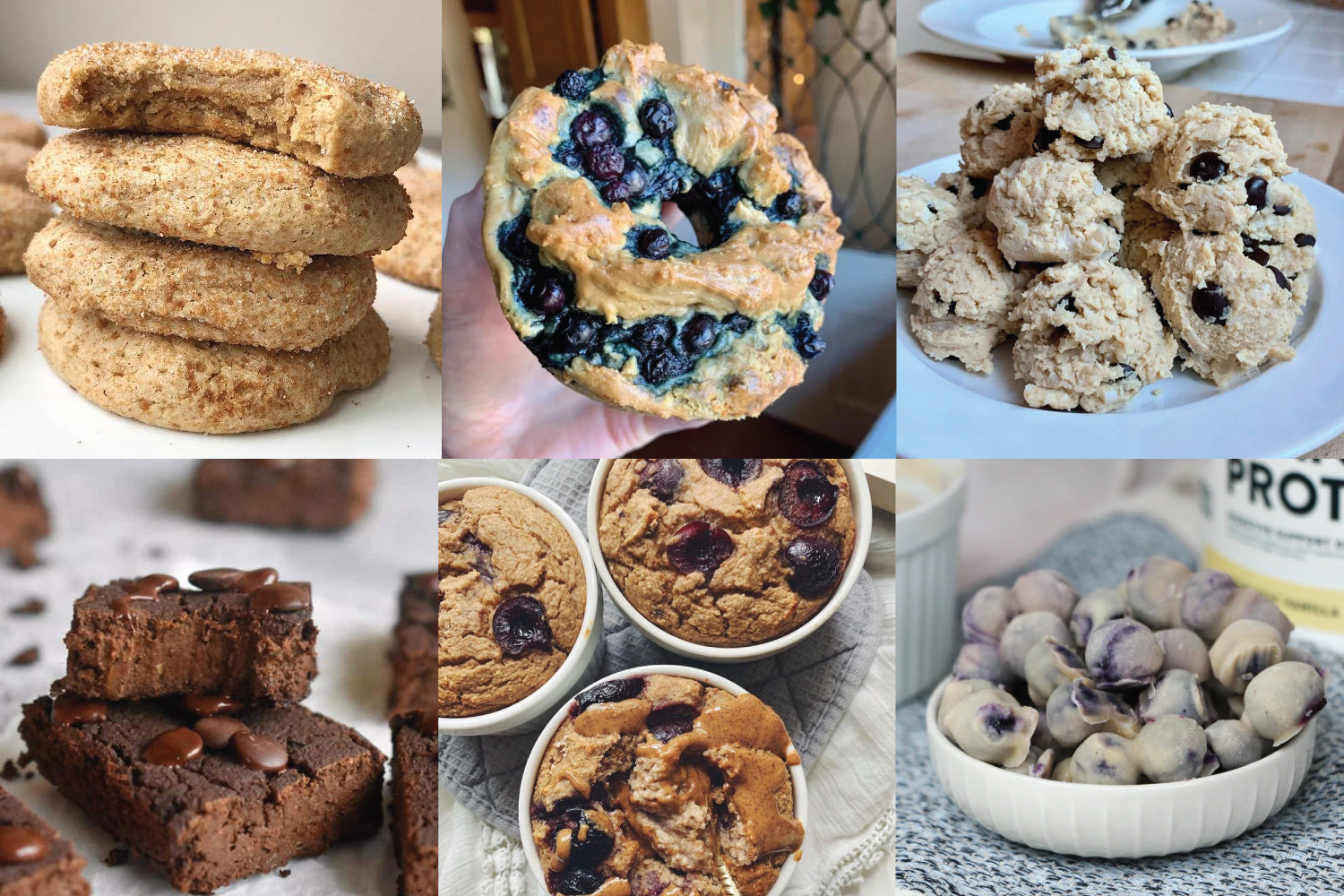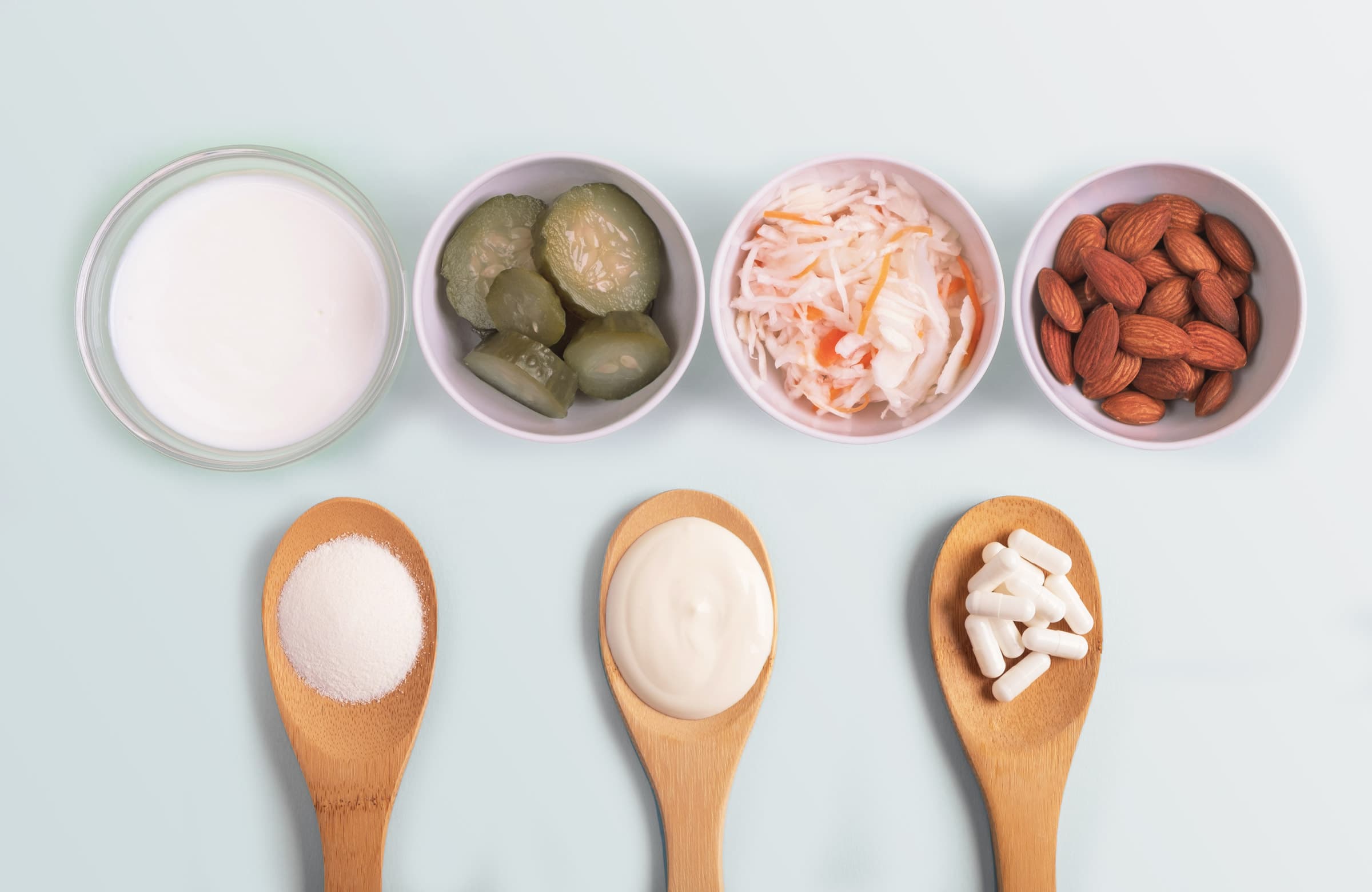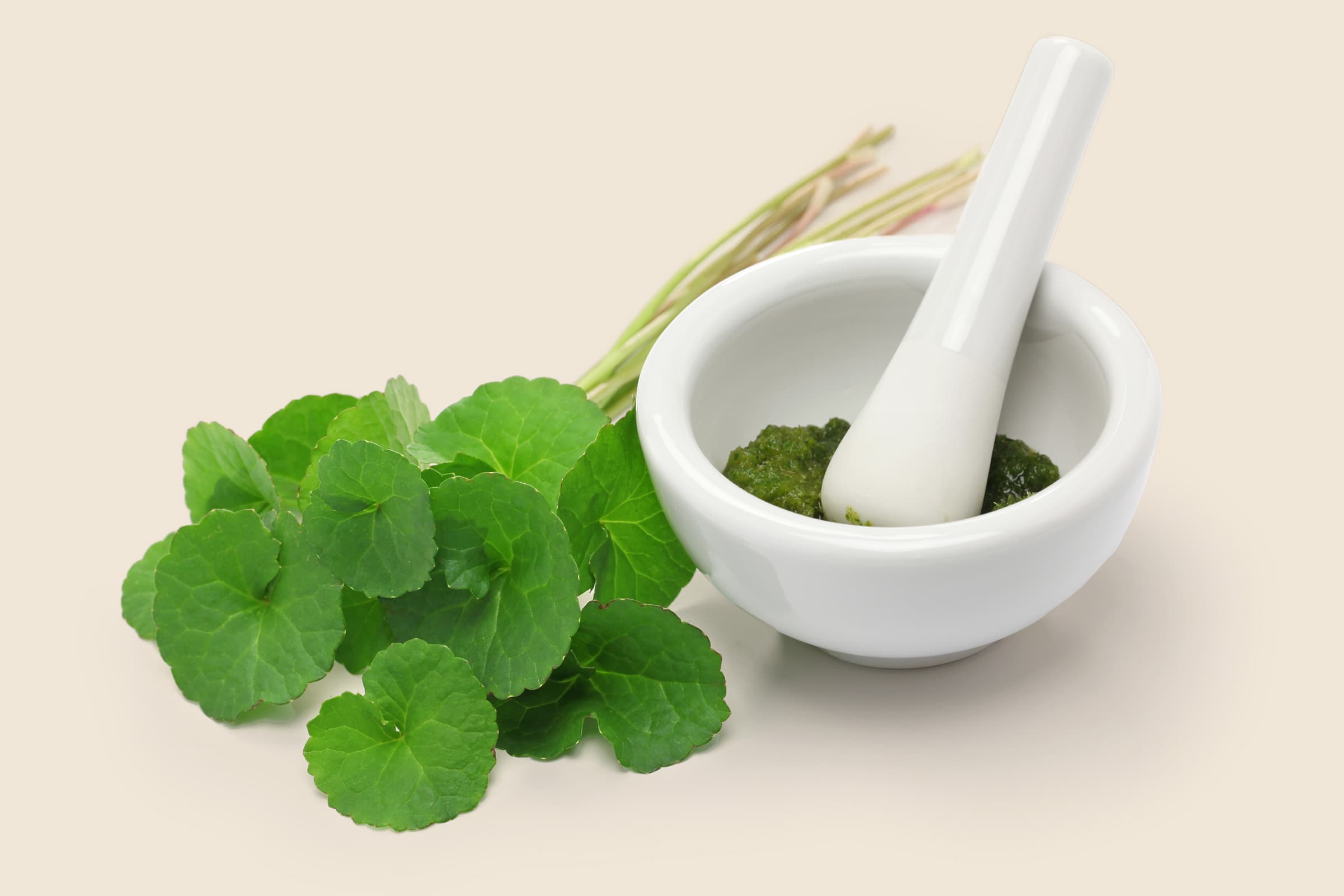The North American Edible Insect Coalition could have a new campaign slogan for 2020: A cricket in every pot. Over the last five years, a plethora of products designed for cricket-chomping natural food enthusiasts have swarmed the market. From a nutritional standpoint, how does cricket protein compare to something more conventional, say, pea protein? But before we answer that question, let's look at a more fundamental inquiry. What is cricket protein, anyway? Which is best for you: pea protein vs cricket protein?
Table of Contents
- What is Cricket Protein?
- What Is Pea Protein?
- How Does Cricket Protein Compare to Pea Protein, Nutritionally?
- Is Pea Protein a Complete Protein?
- Is Cricket Protein a Complete Protein?
- Pea Protein vs Cricket Protein: Which is Better?
- Benefits of Cricket Protein
- Benefits of Pea Protein
- How Do Pea Protein and Cricket Protein Taste?
- What Do I Choose: Pea Protein or Cricket Protein
What is Cricket Protein?
In the cricket protein industry, the terms cricket flour and cricket powder refer to milled, whole, dried crickets. Crickets are so high in protein that flour and powder are treated synonymously. The crickets raised for making cricket flour and cricket powder are usually a species called Acheta domesticus, which is, we have to admit, the same species of cricket depicted by the famous Jiminy Cricket. Acheta domesticus is brown to gray, not black like North American crickets. In Asia, where crickets are a traditional food served dry-roasted or deep-fried, this species is considered to have a superior texture and flavor. Acheta domesticus and its American counterpart Gryllus assimilis are an excellent source of protein. Crickets are also an environmentally efficient source of protein. Crickets need two pounds of feed to produce one pound of protein. Crickets release carbon dioxide into the atmosphere. For every pound of cricket protein produced, crickets release 1.4 pounds of carbon dioxide.1
What is Pea Protein?
On the other hand, pea protein is an isolated protein that is harvested from yellow split peas. Nuzest sources the peas from Europe. The soil, air, and water quality of Northern France are generally regarded to be very safe for growing, and the process used for isolation is entirely free of harmful chemicals. Nuzest is committed to sustainable production methods that minimize the use of pesticides or artificial fertilizers. From an environmental and water usage perspective, peas are among the most sustainable crops that can be grown. The extraction system used to remove the protein from the peas (that naturally contain around 25% protein) is also entirely water-based, with no solvents or other chemicals being used, further reducing the chances of contamination. Any waste is converted to biofuel or animal feed, and all water used is purified and recycled. These peas are a good source of protein, as well as other nutrients. Clean Lean Protein, a high-quality, premium golden pea protein isolate is a 100% vegan protein that contains all the essential amino acids and is a complete protein.
How Does Cricket Protein Compare to Pea Protein, Nutritionally?
Pea protein provides carbohydrates along with a complete protein. The body builds muscle fibers from amino acids, but it "pumps up" muscles with glycogen that each muscle cell makes from glucose and water. Also, pea proteins oral supplementation promotes muscle thickness gains during resistance training: a double-blind, randomized, Placebo-controlled clinical trial vs whey protein.2 Additionally, pea protein is a 100% plant-based protein and can be consumed for people following both a vegan and vegetarian diet. Cricket protein also provides a complete protein and is a good source of calcium, copper, iron, magnesium, manganese, and zinc.3
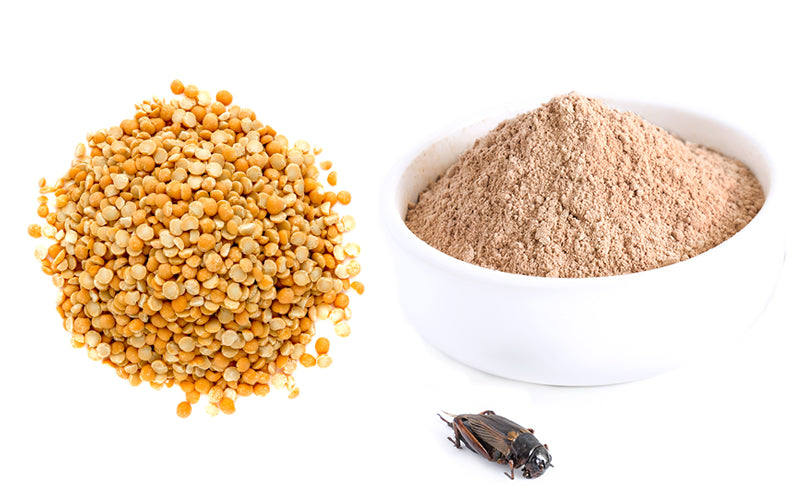
Is Pea Protein a Complete Protein?
Pea protein is a complete protein. That means it contains all nine essential amino acids that the human body needs to build muscle, including the branched-chain amino acids leucine, isoleucine, and valine. Most other plant-sourced protein powders don't offer complete protein.
Is Cricket Protein a Complete Protein?
Cricket protein is also a complete protein. However, gram for gram, cricket protein does not contain as much protein as pea protein. Cricket powder contains up to 70 percent protein;4 however peas average 86-89% protein.
Pea Protein vs Cricket Protein: Which is Better?
The best way to understand the merits of pea powder vs cricket protein is not in terms of better or worse. The best way to understand these products is in terms of their intended application. If you follow a plant-based, vegetarian or vegan diet, then consuming crickets or other insects or animal-based sources is not something that you do. If that is the case, plant-based pea protein is the better option for you.
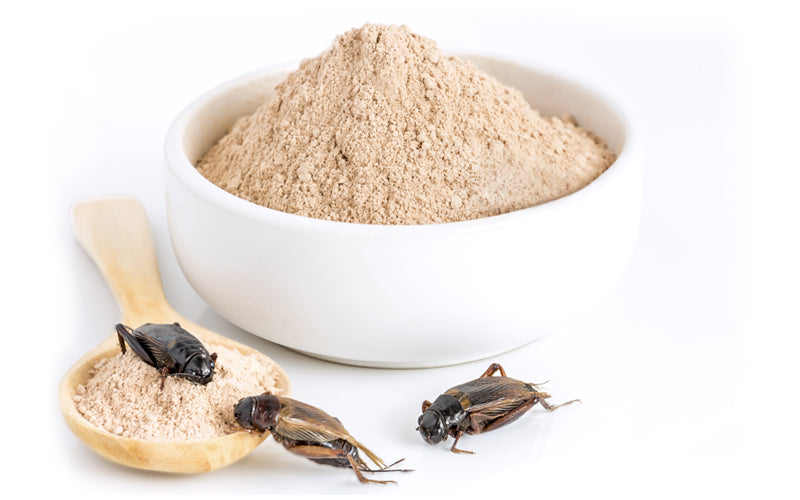
Benefits of Cricket Protein
Crickets and cricket proteins contain a uniquely animal-based fiber called chitin. This fiber is an essential component of their exoskeletons. The cricket's exoskeleton is glued together by a complex carbohydrate called chitosan. Both chitin and chitosan are something like dessert for probiotic bacteria. Researchers at Colorado State University recruited 20 people to participate in a study of the effects of chitin and chitosan on their probiotic bacteria. Crickets were incorporated (or not, for the placebo group) into their breakfast food. Every volunteer in the experimental group received either a pumpkin spice muffin or a crickety-chocolate shake every day for breakfast for 14 days. The cricket-enhanced breakfast foods provided 25 grams (about an ounce) of cricket powder for each volunteer for each day. The volunteers submitted stool samples for analysis. The intrepid scientific team subjected the stool samples to 1,304,100 readings under the microscope to measure changes in probiotic and other not-so-healthy bacteria. The stool samples showed that eating a little under an ounce of cricket powder for two weeks increased the numbers of Bifidobacterium animalis bacteria between 100,000 and one million times. That's a good thing. Bifidobacterium animalis is a well-known probiotic bacterium. Clinical studies have found Bifidobacterium animalis subsp. lactis BB-12® increases resistance to colds and flu, improves gastrointestinal function and reduces side effects from taking antibiotics.5 To be clear, it is a bacterium that provides these probiotic benefits, not the cricket protein. But the cricket protein is the prebiotic food that this bacterium needs to flourish in the colon.6Benefits of Pea Protein
Pea protein is gluten-free by nature and a good choice for individuals following a gluten-free diet. Pea protein is also rich in branched-chain amino acids (BCAAs), which can help the body generate muscle protein.
How Do Pea Protein and Cricket Protein Taste?
If a cricket gourmet were to describe the aesthetic properties of cricket protein, she would use words like these: Umami. Popcorn-like. Crumbly but creamy. Nutty with notes of broth, chicken, cereal, and wood. Supports Maillard’s reaction for browning when added to baked goods. The idea of cricket powder may take a little getting used to, but it is an excellent animal-sourced food. Pea protein can have a mellow, neutral flavor. Pea protein blends well with other veggie and fruit flavors. Clean Lean Protein can be found with its own flavors, like chocolate, vanilla, strawberry or coffee. When comparing pea protein vs cricket protein, which taste do you prefer?

What Do I Choose: Pea Protein or Cricket Protein
The best approach to protein powder is not either-or. It is both-and. Both pea protein and cricket protein provide substantial, complimentary benefits for supporting muscle growth and general good health. You can easily use both products for their complementary benefits, as long as you are not following a vegan or vegetarian diet. If you are concerned about choosing plant-based products, pea protein may be the best choice for you.
References:
- https://www.annualreviews.org/doi/abs/10.1146/annurev-ento-120811-153704?rfr_dat=cr_pub%3Dpubmed&url_ver=Z39.88-2003&rfr_id=ori%3Arid%3Acrossref.org&journalCode=ento
- hhttps://www.ncbi.nlm.nih.gov/pubmed/25628520
- https://linkinghub.elsevier.com/retrieve/pii/S0308-8146(19)30539-4
- https://www.sciencedirect.com/science/article/pii/S0308814619305394?via%3Dihub
- https://www.mdpi.com/2076-2607/2/2/92
- https://www.nature.com/articles/s41598-018-29032-2


